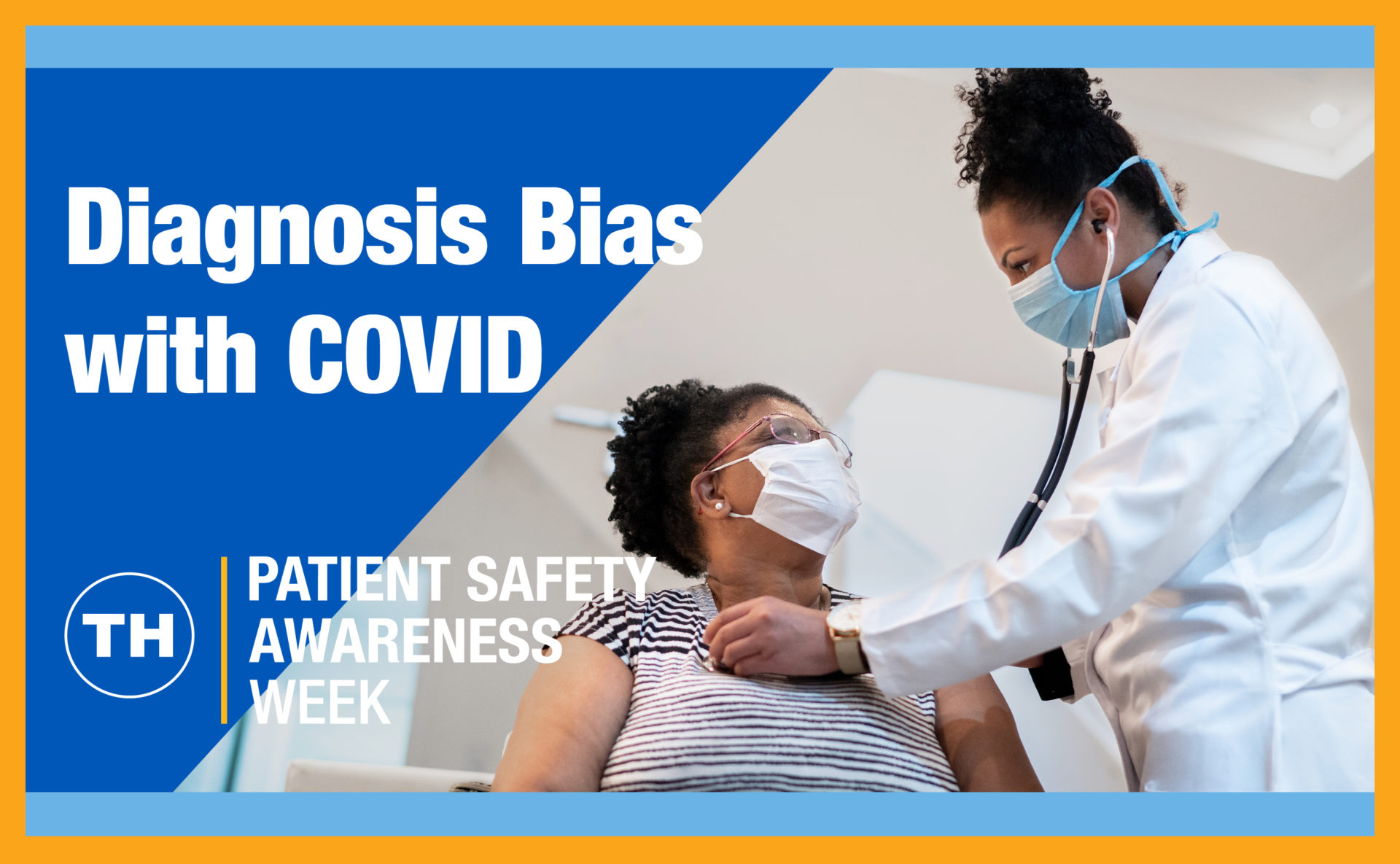By: Heather Owen, MD, FACEP, Chief Clinical Officer, Emergency Medicine
“Hey, remember that patient you saw yesterday…..”
There is nothing worse, right? We have all heard it, and our response to it is likely the same. You hold your breath, your stomach drops and you wait for the rest of the sentence. In honor of Patient Safety Awareness Week, I want to open with a safety story that begins just like that. “Remember that 27-year old woman you saw last night?”
Patient Presentation
The patient was a 27-year old female who presented to the emergency department complaining of fatigue, myalgias and a headache. She sounded like every other COVID-19 patient you had seen that day, which so far, was 12 out of 15 patients. Her vitals were: HR 123 BP 110/72 RR 18 T 101.2F
Her exam confirmed tachycardia, but was otherwise benign. She was not vaccinated and acknowledged possible COVID-19 exposure. She received ibuprofen and a COVID swab, and then she was discharged.
Eight hours later, she returned to the ED, altered and lethargic. Ultimately, she was diagnosed with bacterial meningitis and now requires a full-time caregiver. You run through the encounter over and over, but the encounter was so quick, you barely even remember her. What went wrong?
Diagnosis Bias
This is a great example of a very common cognitive bias: Premature closure.
Cognitive biases are often the root cause for medical errors. Among them, premature closure is a key factor triggering a diagnostic error. The main cause of failures in clinical reasoning is using “cognitive shortcuts.” Clinicians make a quick diagnosis, often based on pattern recognition, and fail to consider other possible diagnoses. They stop collecting data and jump to conclusions.
In the midst of a pandemic, it is easy to see how this might be heightened. While we know a lot about cognitive biases, preventing them seems to be much more complex. We know that clinical experience is a key factor in resisting cognitive errors, as are diagnostic checklists.
Recognizing Patient Safety Awareness Week
This week as we focus on patient safety and the ways we can provide safe, high-quality care to all of our patients, I challenge you to think about ways you can resist cognitive bias and specifically premature closure.
“Errors represent opportunities for education and constructive change in healthcare delivery. Ultimately, we may regard them as beacons of safety.”
TeamHealth’s Patient Safety Organization conducts activities to improve patient safety and quality of healthcare delivery through the collection and analysis of Patient Safety Work Product (PSWP). The THPSO also provides a patient safety evaluation system (PSES) for all THPSO members. Subscribe to our blog for more clinician, community and associate stories.
